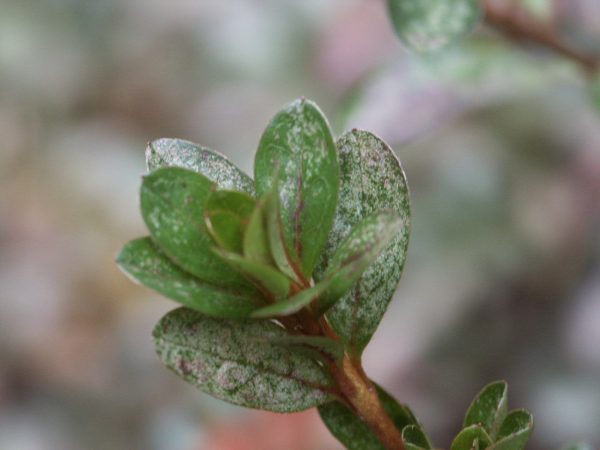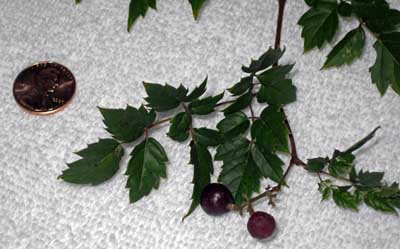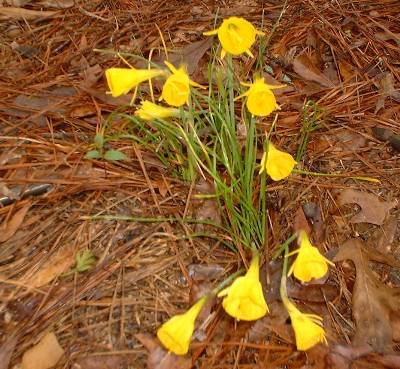Azalea Lacebug – Control

You may have seen the damage lace bugs do to azaleas without knowing who did the dirty deed. Lace bugs suck the juice out of individual leaf cells. Since they hide underneath azalea leaves, you’ll never notice the bugs but it’s easy to see their damage. Since the bugs slurp out the chlorophyll in a leaf cell, the top of the leaf has hundreds of yellow speckles. Thousands of hungry lace bugs can make an azalea appear yellow all over.
Since azalea lace bugs have an active sex life, just a few can produce thousands of offspring in the course of a summer. Dr. Kris Braman says that she has seen adult lace bugs on her research azaleas even during the winter.
Inspect your azaleas for speckled yellow leaves. Examine the backside of the leaves too. If you see tiny black spots scattered across the leaf and concentrated along the mid-vein, you will have a population explosion of the creatures before many weeks pass.
The adult lacebug is barely one fourth inch long, with transparent wings. It feeds on the underside of azalea leaves, sucking juice from the leaf cells.
Late spring is a great time to control the first few generations of lacebug larvae and adults. There are two options:
1. Insecticidal soap (click for sources) and most garden insecticides (click for sources)
will kill the insects. The key to good control, though, is thorough coverage and repeat sprayings in summer, every four weeks.
Use a garden sprayer and pump it up vigorously. When spraying, point the spray wand up from beneath so the undersides of the leaves are covered with spray.
2. Another pesticide option is to use a systemic insecticide like imidacloprid (click for sources) that poisons the sap of the azalea. It can be applied around the roots of azaleas in spring, after the shrubs bloom. This will protect any beneficial insects that visit flowers. The drench poisons the leaves, so lacebugs that suck sap from them are dead within days. This is usually the easiest method to achieve control.
It is much easier to manage azalea lacebugs in spring or summer than it is in August!
Azalea lacebug symptoms














